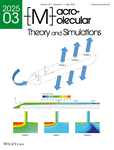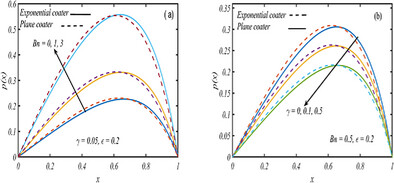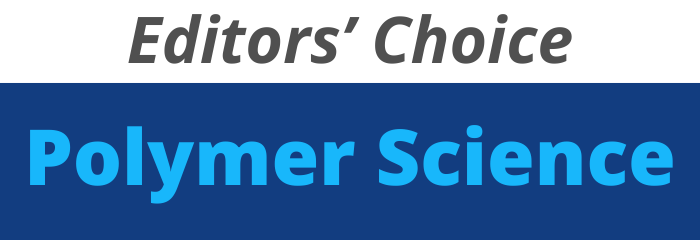Journal list menu
Export Citations
Download PDFs
Cover Picture
Computational Modeling of the Continuous Separation of a Molten Polymer Mixture in a Centrifugal Field
- First Published: 19 May 2025
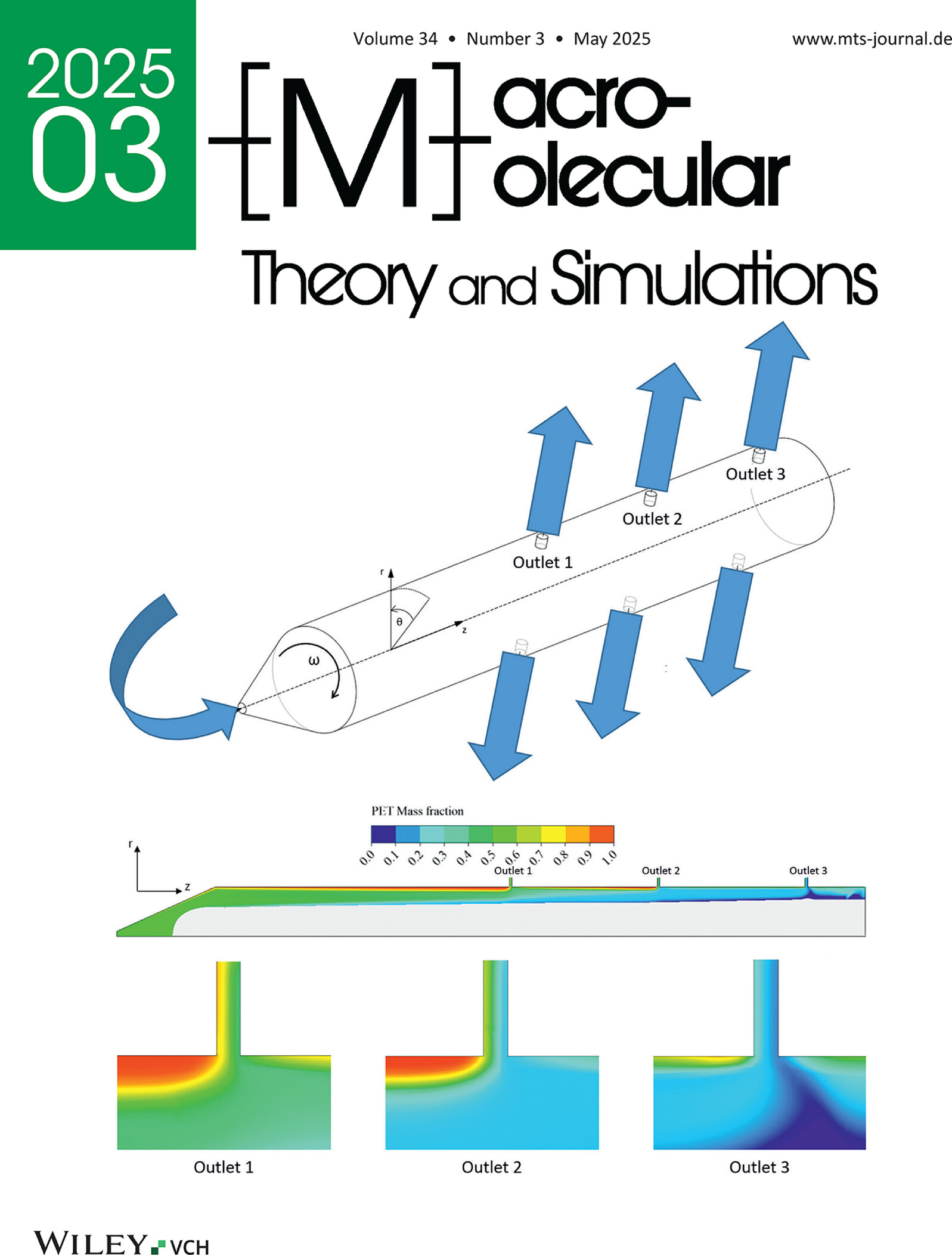
A centrifugal technique for separating molten polymer blends is investigated. In a rotating cylinder, the components of mixtures of LDPE (Low-Density Poly(Ethylene)) and PET (Poly(Ethylene) Terephthalate) are separated, which is enabled by the different component densities. The separation quality depends on material and operational parameters. More details can be found in article 2400109 by Günter Brenn and co-workers.
Issue Information
Review
Theories of the Effects of Copolymer Addition on the Interfacial Tension between Polymer Blend Components: A Review
- First Published: 03 March 2025
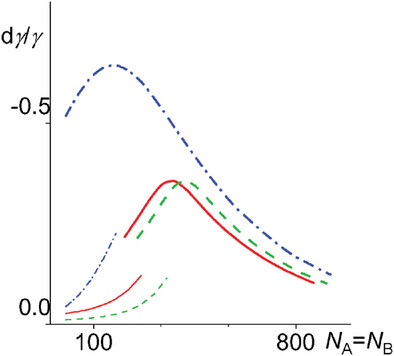
In this review, approaches for calculating the effect of a copolymer on the interfacial tension in immiscible polymer blends are summarized. The approximation that the difference between the amount of copolymer added and the amount of copolymer dissolved in the bulk phases is negligible is inapplicable to polymer blends with a fine morphology.
Research Article
Computational Modeling of the Continuous Separation of a Molten Polymer Mixture in a Centrifugal Field
- First Published: 26 March 2025

A centrifugal technique for separating molten polymer blends is investigated computationally. In a rotating cylinder, the components of mixtures of LDPE (Low-Density Poly(Ethylene)) and PET (Poly(Ethylene) Terephthalate) are separated due to centrifugal forces due to the different component densities. The computational modeling evaluates the feasibility of such a technique. The separation quality depending on material and operational parameters is quantified.
Entropic Repulsion and Local Order in Doubly Tethered Polymers on a Surface
- First Published: 20 February 2025
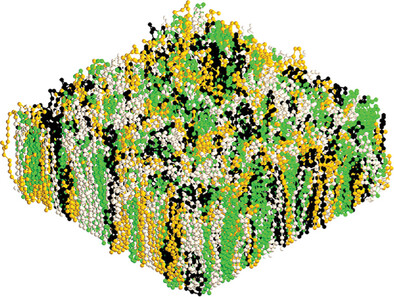
The study examines the behavior of mobile doubly tethered polymers on a 2D substrate. It analyzes conformational properties and end-monomer ordering, considering the director between end-monomers for local ordering. As tethering density increases, a transition from mushroom-like to upright structures is observed. It explores the effects of loop repulsion and tethering density on order parameters and orientational correlations. Local orientational order emerges in 2D due to 3D loop interactions, despite the absence of a global phase transition.
Investigations of Microstructures and Properties of SPEEK-[BMIm][OTf] Ionic Liquid Composite Membrane for Fuel Cells
- First Published: 13 January 2025
![Investigations of Microstructures and Properties of SPEEK-[BMIm][OTf] Ionic Liquid Composite Membrane for Fuel Cells](/cms/asset/57f09c5d-6f3b-4611-820d-e4b0d27d77be/mats202400080-gra-0001-m.jpg)
Effects of sulfonation degree, ionic liquid content, and temperature on the structures of the sulfonated poly(ether ether ketone) (SPEEK)-1-butyl-3-methylimidazolium trifluoromethanesulfonate [BMIm][OTf] composite membrane are investigated by DPD and MD simulations for fuel-cell applications. Increasing the degree of sulfonation, ionic liquid content, or temperature, interconnected ionic liquid channels can be formed within the composite membranes.
Dynamic Modeling of Vinyl Chloride Suspension Polymerization in a Continuous Oscillatory Baffled Reactor
- First Published: 07 February 2025
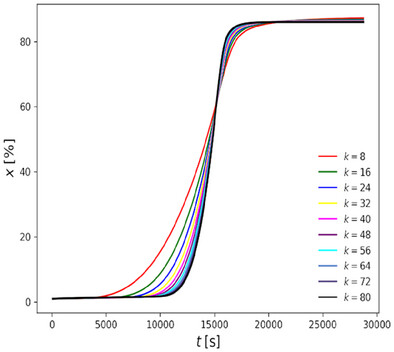
In the present work, a phenomenological model to describe poly(vinyl chloride) polymerization in a continuous oscillatory baffled reactor is presented for the first time. The model robustness is evaluated through a set of perturbation tests. Moreover, the diffusion effects on the polymerization rates affect the temperature gradients along the reactor length.
Reevaluating Analytical Approximations of Fick's Second Law: A Computational Perspective
- First Published: 25 March 2025
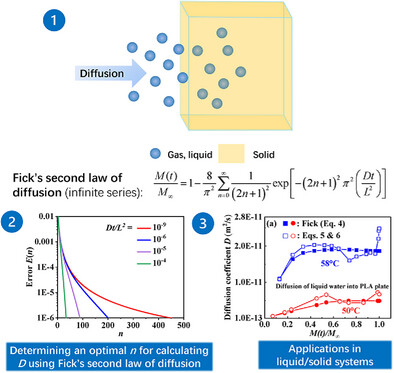
This study investigates the determination of the diffusion coefficient (D) using a computational approach to overcome the limitations of classical analytical approximations, which rely only on short-time diffusion data and may misrepresent the entire process. Validated with data on water diffusion in PLA and oxygen diffusion in PET, the method ensures accurate and consistent results across the full diffusion process.
Determination of the Kinetic Parameters of Condensed Phase Reactions Using Chebyshev Series Expansion
- First Published: 08 April 2025
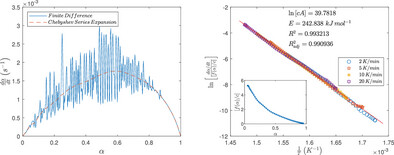
Chebyshev series expansion enables the derivation of smooth reaction rate curves from noisy experimental data for use in differential methods of thermal analysis. A novel combined kinetic analysis has been developed using Chebyshev series expansion to accurately determine the kinetic parameters of condensed phase reactions without requiring knowledge of the reaction mechanism.
Quantified Phase Diagram of PCL/PDO Using the Cole–Cole Plot Analysis
- First Published: 26 March 2025
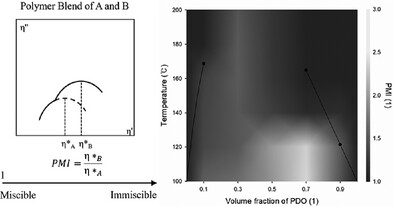
A quantitative rheological approach is introduced to evaluate the miscibility of PCL/PDO blends. The polymer miscibility index, derived from the Cole–Cole plot analysis, enables systematic assessment of phase behavior. The proposed method provides a framework for optimizing blend composition and processing conditions.
Non-Isothermal Analysis of the Blade Coating Using Bingham Plastic Fluid with Slip Effects
- First Published: 19 March 2025
Modeling of Roll Coating Phenomena of Magnetohydrodynamic Hybrid Nanomaterial Polymer Under Lubrication Theory
- First Published: 22 March 2025
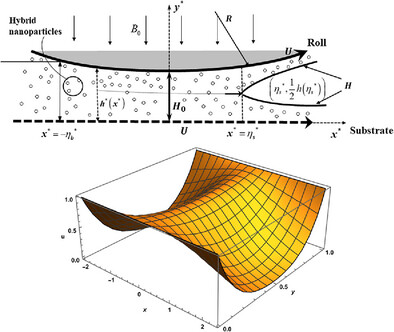
Roll-over web coating technique is modeled to compute the MHD viscous hybrid nanofluid impact on the final coating thickness. In coating industry, the application of nanomaterial over the sheet/substrate has better non-Newtonian like rheological features as opposed to ordinary fluid. The 3D sketch shows the velocity profile behavior of hybrid magnetized nanomaterial polymer between roll and moving substrate.




